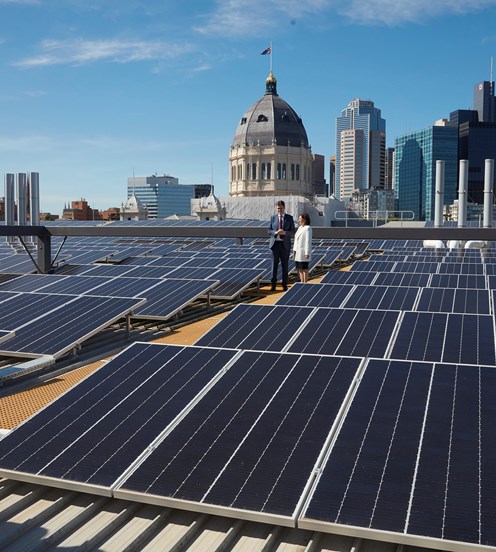Still Curious?
See what experts think the future could look like in medicine, food, building and more in other Think Ahead expert videos.
Victorian Curriculum Links
Science Levels 7 & 8
Earth and space sciences
- Some of Earth’s resources are renewable, but others are non-renewable (VCSSU100)
Science as a Human Endeavour
- Scientific knowledge and understanding of the world changes as new evidence becomes available; (VCSSU089)
- Science and technology contribute to finding solutions to a range of contemporary issues; (VCSSU090)
Science Inquiry Skills, Communicating (VCSIS113)
Design and Technologies Levels 7 & 8
Technologies and Society
- Examine and prioritise competing factors including social, ethical, economic and sustainability considerations in the development of technologies and designed solutions to meet community needs for preferred futures (VCDSTS043)
- Investigate the ways in which designed solutions evolve locally, nationally, regionally and globally through the creativity, innovation and enterprise of individuals and groups (VCDSTS044)
Creating Designed Solutions, Generating
- Generate, develop and test design ideas, plans and processes using appropriate technical terms and technologies including graphical representation techniques (VCDSCD050)
Critical and Creative Thinking Levels 7 & 8
Questions and Possibilities
- Synthesise information from multiple sources and use lateral thinking techniques to draw parallels between known and new solutions and ideas when creating original proposals and artefacts (VCCCTQ034)
Meta-Cognition
- Consider a range of strategies to represent ideas and explain and justify thinking processes to others (VCCCTM040)







